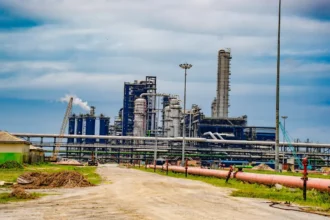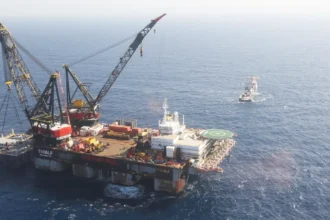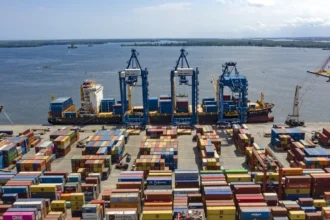South Africa: consider as continental benchmark the Johannesburg Stock Exchange (JSE) remains the largest on the continent, with a market capitalization of around USD 1.1 trillion at the end of 2024. Hosting more than 400 listed companies, it draws both domestic and international investors. Finance, mining, and energy are the leading sectors. However, despite its size, the JSE faces challenges linked to market volatility, often tied to global economic trends and commodity price fluctuations.
Nigeria : liquidity on the rise
The Nigerian Exchange (NGX) recorded a market capitalization of USD 70 billion at the end of 2024, with nearly 200 listed companies (NGX Annual Report, 2024). Liquidity is improving thanks to digitalization and growing participation from retail investors. The banking sector dominates, followed by telecoms and energy. The Nigerian government is pursuing reforms to enhance transparency and attract more foreign investors. Still, the market remains sensitive to naira fluctuations and political shocks.
BRVM (Ivory Coast, Senegal, and other UEMOA countries): a unique regional market
The Regional Stock Exchange (BRVM) covers eight countries of the West African Economic and Monetary Union (UEMOA). Its capitalization reached about USD 16 billion at the end of 2024, with more than 40 listed companies (BRVM, 2024). The regional model promotes stronger economic integration and allows investors to diversify their portfolios across multiple countries. However, low liquidity and concentration in a few key companies remain major challenges.
Cameroon: BVMAC, small but strategic
The Central African Stock Exchange (BVMAC) is one of the smallest on the continent, with a total market capitalization of USD 1.2 billion at the end of 2024 (BVMAC, 2024). It mainly lists local companies and government instruments, such as sovereign bonds. Despite its size, BVMAC offers opportunities for regional financial market development and SME financing. With its new general regulations effective from April 24, 2025, the exchange aims to encourage SMEs to go public to raise growth capital. For instance, a company with a market capitalization of CFAF 300 million can now list its shares, compared to the previous minimum of CFAF 10 billion (2008 regulations). Requirements such as minimum turnover (previously CFAF 1 billion), the percentage of capital to list (20%), or annual profit conditions have been eased. The new rules lower the minimum turnover to CFAF 250 million, reduce the required capital float to 15%, and remove the annual profit requirement.
Trends and outlook 2025-2030
Digitalization and Fintech : The rise of electronic platforms and mobile trading apps is improving market access for individuals and SMEs (AFDB, 2025). International Attractiveness: According to the Global Attractiveness Index 2025, Mauritius, Egypt, and Algeria lead the continent in drawing foreign stock market investors (The European House Ambrosetti, 2025). Regionalization and Integration: Regional exchanges (BRVM, BVMAC) support harmonized growth but must enhance liquidity and infrastructure to compete with major markets.
African stock markets show undeniable potential, but sustainable growth depends on multiple factors: economic and political stability, strengthened transparency, financial infrastructure development, and regional integration. From the strength of the JSE, the rising Nigerian market, the unique BRVM, to the small yet strategic BVMAC, Africa is charting its path toward more attractive markets for both local and international investors.












